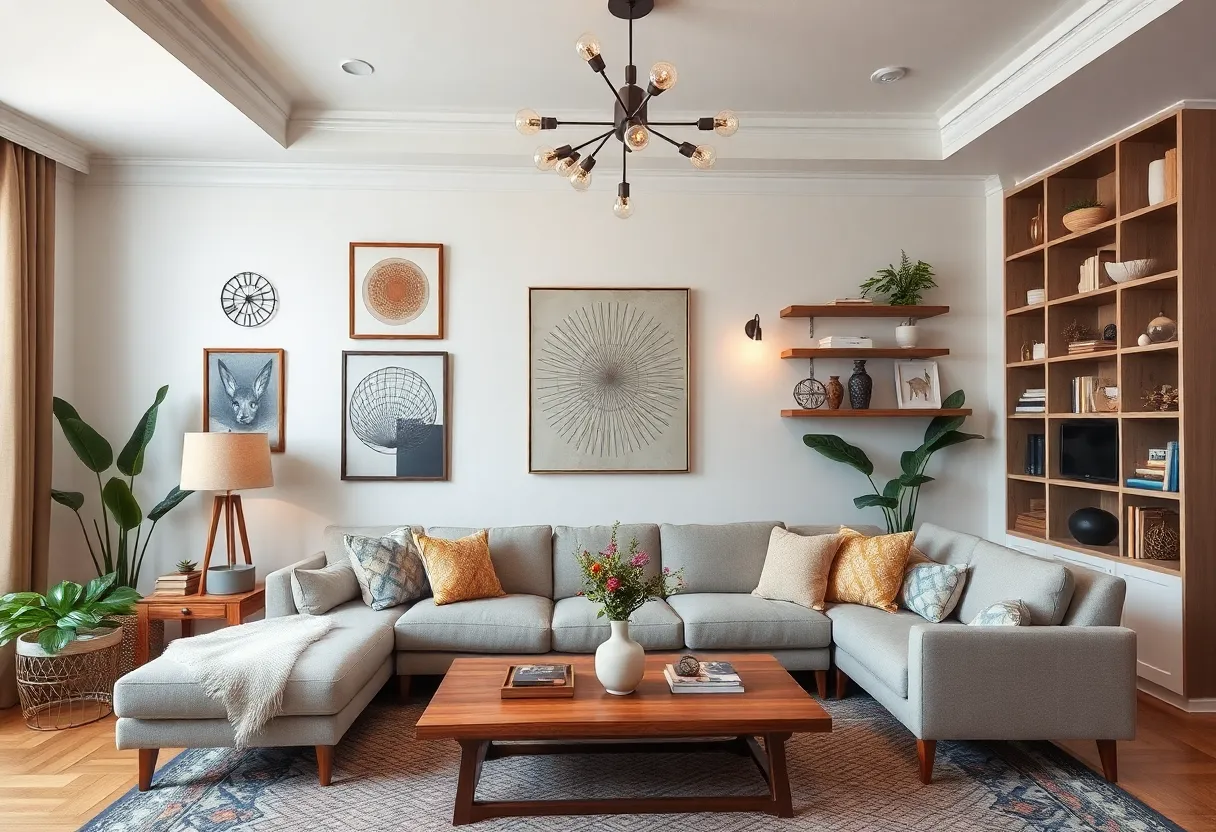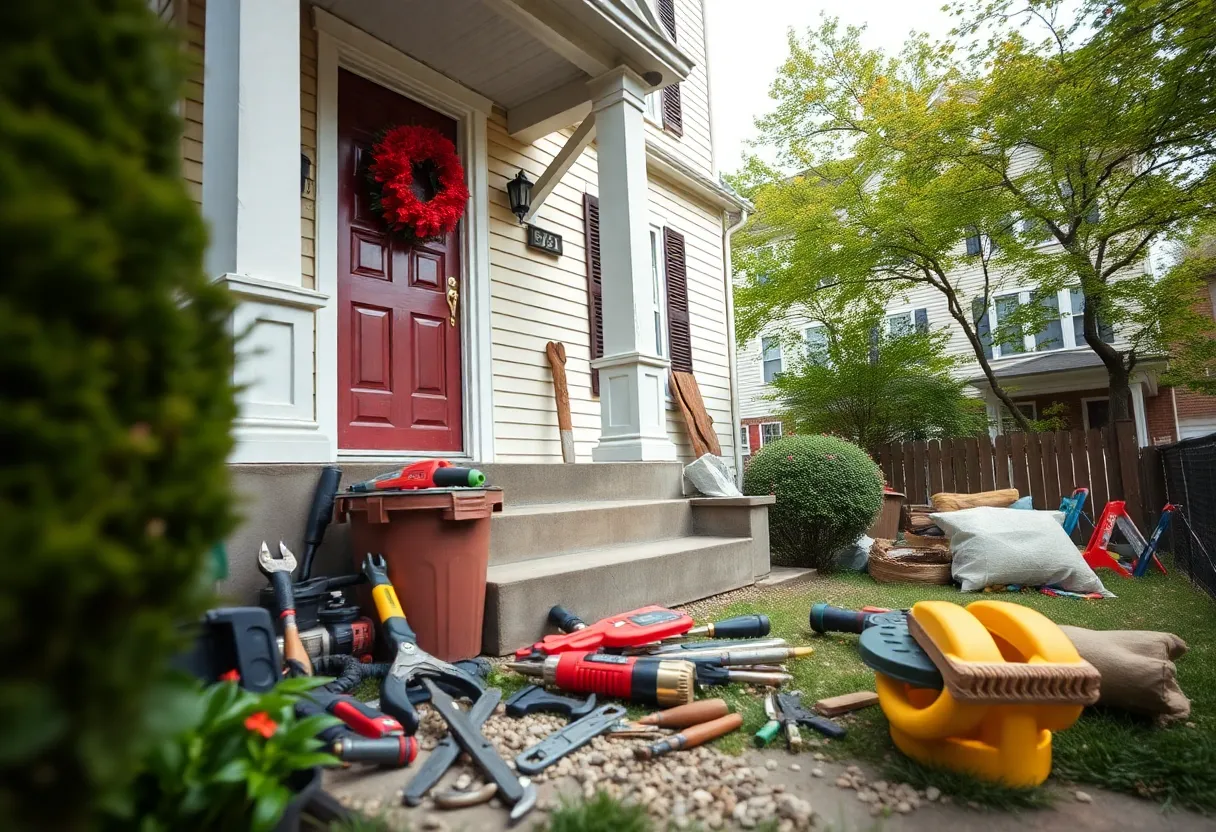How to Incorporate DIY Elements into Your Custom Home Design: Creative Tips for Homeowners
Designing a custom home offers a unique opportunity to craft a living space tailored to personal style and functional needs. Integrating DIY elements into this process enhances the home’s character, fosters personal connection, and can reduce costs. However, successful incorporation requires careful planning, skill assessment, and strategic execution. This guide provides detailed, practical advice on how homeowners can seamlessly embed DIY components into their custom home design without compromising quality or safety.
Understanding the Benefits and Challenges of DIY Home Elements
The Advantages of Incorporating DIY Elements
- Cost Savings: DIY projects often lower labor costs and material expenses.
- Personalization: Handcrafted features reflect individual style and create a unique aesthetic.
- Enhanced Engagement: Active participation fosters emotional investment and pride in the home.
- Flexibility in Design: DIY allows for iterative modifications and custom touches that might be restricted by traditional contractors.
The Challenges to Consider
- Skill Limitations: Not all projects are suitable for amateur execution; poor craftsmanship can diminish the home’s value.
- Time Investment: DIY tasks require significant time commitment, potentially delaying completion.
- Quality Control: Ensuring professional-grade results involves adherence to safety standards and quality benchmarks.
- Material and Tool Management: Proper procurement and handling are vital for project success.
Recognizing these benefits and challenges ensures homeowners can set realistic expectations and choose projects that align with their skills and resources.
Planning Your DIY Integrations in Home Design
Assess Your Skills and Resources
Begin with an honest evaluation of your craftsmanship, available tools, and time. Match projects to your proficiency level. For complex tasks, consider supplementary training or engaging professionals for critical steps.
Prioritize Projects Based on Impact and Feasibility
- High Impact, Low Complexity: Painting, installing shelves, or creating custom wall art.
- High Impact, Moderate Complexity: Building furniture, tiling backsplashes, or custom cabinetry.
- High Impact, High Complexity: Structural modifications or major electrical work should involve licensed specialists.
This approach optimizes effort-to-reward ratio while maintaining safety and quality standards.
Create a Cohesive Design Vision
Integrate DIY elements seamlessly into the overall architectural style. For example, rustic reclaimed wood features complement farmhouse designs, while sleek, geometric decor suits modern minimalism. Clear visual goals assist in selecting projects and materials that enhance the home’s aesthetic coherence.
Incorporating DIY Elements into Key Areas of Your Home
Living Room and Common Areas
Custom Wall Art and Murals
Create personalized murals or abstract art using stencils and paint. These pieces establish a focal point and showcase your artistic flair without significant expense.
Built-In Shelving and Storage
Construct or assemble modular shelving units. Use simple carpentry tools and pre-fabricated components to tailor storage solutions to your space precisely.
Lighting Fixtures
Upgrade lighting by installing DIY pendant lights or wall sconces using affordable kits. Experiment with color-changing bulbs or unique fixtures to add character.
Kitchen and Bathroom
Backsplashes and Wall Treatments
Design and install DIY tiles or peel-and-stick backsplashes. These upgrades provide style and practicality, enhancing overall room appeal.
Furniture Building
Build custom kitchen islands or bathroom vanities with basic woodworking skills. Such projects increase functionality while adding personal touch.
Bedrooms
Headboards and Wall Decor
Create bespoke headboards using reclaimed wood or fabric-covered panels. Include DIY storage solutions like under-bed drawers or shelving units to maximize space.
Exterior and Landscaping
Garden Features
Construct garden beds, walking paths, or outdoor seating from natural and reclaimed materials. These features add curb appeal and serve as functional outdoor spaces.
Fencing and Gates
Build or install fencing and gates using DIY kits or custom designs to define property boundaries and add privacy.
Tools, Materials, and Safety Precautions
Essential Tools for DIY Home Projects
- Power Tools: Drills, saws, sanders, and nail guns.
- Hand Tools: Hammers, screwdrivers, chisels, measuring tapes, levels.
- Finishing Materials: Paintbrushes, rollers, adhesives, sealants.
Choosing and Managing Materials
Select durable, high-quality materials suitable for their specific function. Consider eco-friendly and sustainable options when possible.
Prioritize Safety
- Use personal protective equipment (PPE): safety glasses, gloves, masks.
- Follow manufacturer instructions for tools and materials.
- Work in well-ventilated areas and keep workspaces organized.
- Seek professional advice when tackling complex electrical or structural projects.
Best Practices for Successful DIY Integration
Develop Detailed Plans
Sketch designs and create step-by-step guides before commencing work. Accurate plans prevent errors and facilitate resource management.
Build in Phases
Break projects into manageable segments. Completing projects in stages maintains momentum and minimizes disruption.
Maintain Flexibility and Adaptability
Adjust plans as needed based on progress, unexpected challenges, or new ideas. Flexibility ensures quality over speed.
Document Your Progress
Photograph milestones and keep records of materials and techniques. Documentation aids future renovations and provides evidence of craftsmanship.
Collaborate with Professionals When Necessary
Identify areas where professional expertise is essential, such as foundation work, roofing, or complex electrical systems. Collaborating with licensed contractors ensures safety compliance and structural integrity.
Sample DIY Projects to Inspire Your Home Design
- Reclaimed Wood Accent Wall: Harvest and prepare wood planks for installation, adding rustic charm.
- Built-In Storage Units: Design and assemble units tailored to specific spaces and needs.
- Custom Lighting Fixtures: CreatePendant lights or wall sconces from repurposed materials or kits.
- Outdoor Fire Pit: Construct a focal point for outdoor gatherings using fire-resistant materials.
- Vertical Gardens: Implement eye-catching plant displays with DIY planters and support frames.
Conclusion
Integrating DIY elements into your custom home design transforms a standard residence into a deeply personalized space. It promotes creativity, ownership, and often cost-efficiency. Success hinges on thorough planning, honest skill assessment, proper tool management, and strategic project selection. Prioritizing safety and quality ensures that DIY additions enhance your home’s value and livability. When executed thoughtfully, these projects foster a profound sense of accomplishment and create a living environment that truly reflects your individual style and needs.
Author: STAFF HERE BALTIMORE WRITER
The BALTIMORE STAFF WRITER represents the experienced team at HEREBaltimore.com, your go-to source for actionable local news and information in Baltimore, Baltimore County, and beyond. Specializing in "news you can use," we cover essential topics like product reviews for personal and business needs, local business directories, politics, real estate trends, neighborhood insights, and state news affecting the area—with deep expertise drawn from years of dedicated reporting and strong community input, including local press releases and business updates. We deliver top reporting on high-value events such as the Baltimore Book Festival, Preakness Stakes, and Artscape. Our coverage extends to key organizations like the Baltimore Chamber of Commerce and Visit Baltimore, plus leading businesses in shipping and healthcare that power the local economy such as the Port of Baltimore and Johns Hopkins Medicine. As part of the broader HERE network, we provide comprehensive, credible insights into Maryland's dynamic landscape.





